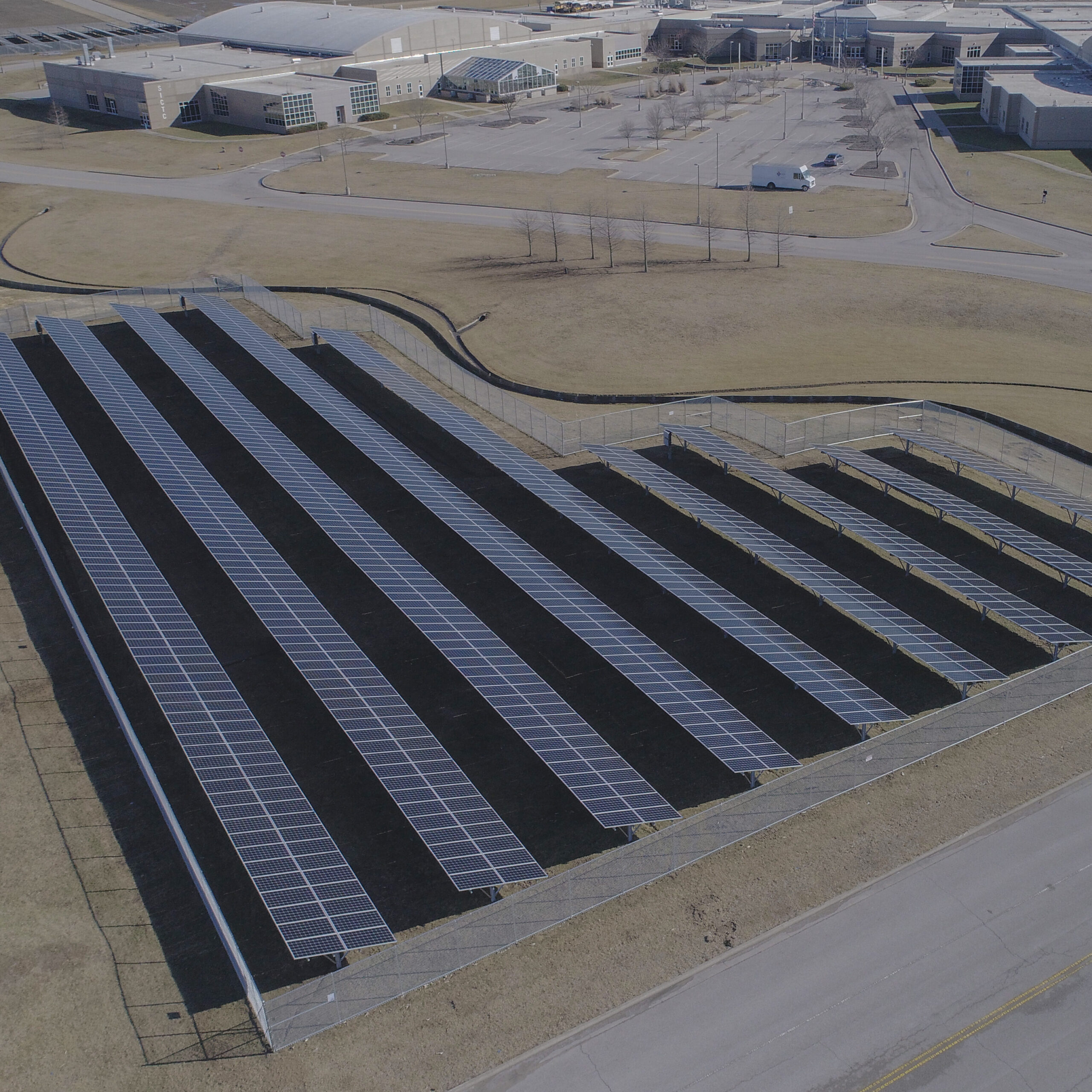Transforming K12 Schools, Empowering Budgets, and Unveiling the Financial Impacts of Energy Improvements
Energy costs in K-12 schools not only drain precious financial resources but also hinder the ability to provide a high-quality education. The substantial expenditure on energy, which amounts to over $8 billion annually in the United States alone, puts a strain on school budgets and limits the funds available for crucial educational resources. It is essential for school administrators and stakeholders to understand the impact of energy costs and take proactive measures to alleviate this financial burden.
When energy costs consume a significant portion of a school's budget, it directly affects the allocation of resources for other essential areas such as curriculum development, teacher training, and extracurricular activities. The inability to invest in these areas can have a detrimental effect on the overall educational experience for students. Moreover, the reliance on non-renewable energy sources contributes to environmental degradation and exacerbates climate change, further emphasizing the need for energy improvements in schools.
Unleashing Potential Savings through Energy Efficiency
Implementing energy efficiency measures presents an opportunity for significant savings in schools. By adopting energy-efficient technologies like smart HVAC systems, building automation controls, and water conservation measures, schools can lower their energy consumption even further, thus lowering their utility bills. LED upgrades alone have been shown to cut a district’s electricity use up to 40%, resulting in long-term cost savings. Another great benefit to LED lighting is that it has a longer lifespan compared to traditional lighting options, reducing the frequency of replacements and maintenance costs. Here are some facts and figures from some of our previous work:


Exploring Funding Options for Energy Improvements
To overcome financial barriers, schools can explore various funding options and programs. Grants, loans, government initiatives, and private partnerships provide resources that facilitate the transformation of energy infrastructure. Accessing grants from organizations like the U.S. Department of Energy allows schools to receive financial support specifically tailored for energy improvements. Additionally, loans can be obtained from financial institutions that offer favorable terms and low-interest rates, making it easier for schools to invest in energy-efficient technologies, but we know none of this is groundbreaking information.
What may be groundbreaking information, though, is that Energy Systems Group can actually help you with finding the right financial solutions for your goals. For instance, if you live in what the government refers to as an Energy Community, there are funds available for all kinds of projects, including school upgrades. Even when organizations realize they need funding and financing, the process of securing it can still be daunting. The terminology, qualifying criteria, and available options are dense and complex to navigate. Our team can help you break that barrier. Our team is extremely knowledgeable and will help you navigate all of your options and then help you implement them.
The Long-Term Benefits
Energy improvements yield long-term benefits beyond immediate financial savings. Schools investing in energy-efficient systems not only lower their utility bills but also create comfortable and healthier learning environments. By optimizing building envelope systems and implementing smart HVAC systems, schools can regulate temperature and air quality, ensuring that students and staff have a conducive environment for teaching and learning. Improved indoor air quality has been proven to enhance students' cognitive performance, leading to higher academic achievements.
Energy-efficient systems also reduce maintenance costs associated with equipment. With longer-lasting LED lighting and new HVAC systems that require less frequent repairs, schools can allocate their budgets toward other critical areas of education. By reducing the burden of maintenance expenses, schools can redirect those funds to enhance educational resources, invest in innovative teaching methods, or provide additional support to students.
The financial impacts of energy improvements in K-12 schools are significant and cannot be ignored. The high energy costs drain valuable resources that could be used for educational purposes, hindering the quality of education provided. Alternatively, by implementing energy-efficient technologies and exploring funding options, schools can unleash potential savings and create a healthier learning environment for students. The long-term benefits of energy improvements extend beyond financial savings, as they also enhance students' academic achievements and allow for greater investment in educational resources. Discover the endless possibilities that Energy Systems Group can offer as your trusted partner. Take the first step towards transforming your school and empowering your budget by signing up below.
Municipal Advisor Disclaimer Statement
ESG is as an engineering and energy services firm that designs and delivers energy-related and other infrastructure solutions. ESG is not a financial advisor or municipal advisor in the context of the Dodd-Frank Wall Street Reform and Consumer Protection Act as contemplated under the U.S. securities laws, and none of the information provided herein is intended as, or should be considered as, a recommendation of any particular financing structure or financial advice regarding any municipal financial product or the issuance of municipal securities under section 15B of the Securities Exchange Act, or otherwise.